M & M's World Cruise
Sailing across the Laccadive Sea from Colombo, Sri Lanka, to Cochin/Kochi, India, which is located on the southwest coast, took about a day and a half. Along the way, we saw a large pod of dolphins, as yet unidentified, and a small fishing vessel that was heading straight towards our ship. The Captain blew the Viking Neptune’s horn to warn the boat away; Mike & I think maybe they were in need of assistance. But we cruised on and never heard anything else about it, so assume we were mistaken. In preparation for India, we attended several lectures by our Resident Historian, Dr. McMahon: “History of India”, “The Decolonization of India and Ceylon”, and “India Under Nehru (1947-1964)”.
Day 1 – 3/29/2023 - Cochin/Kochi
Located in the State of Kerala, which was created in 1956, Cochin (as we call it) is South India home port for the Navy. Made up of 16 islands, its 3.5 million residents are predominantly Christian, and their local language is Malayalam. Known as the “Queen of the Arabian Sea”, it has been a port for over 1,000
Mary Forman
53 chapters
India Part 1
Cochin & Goa, India
Sailing across the Laccadive Sea from Colombo, Sri Lanka, to Cochin/Kochi, India, which is located on the southwest coast, took about a day and a half. Along the way, we saw a large pod of dolphins, as yet unidentified, and a small fishing vessel that was heading straight towards our ship. The Captain blew the Viking Neptune’s horn to warn the boat away; Mike & I think maybe they were in need of assistance. But we cruised on and never heard anything else about it, so assume we were mistaken. In preparation for India, we attended several lectures by our Resident Historian, Dr. McMahon: “History of India”, “The Decolonization of India and Ceylon”, and “India Under Nehru (1947-1964)”.
Day 1 – 3/29/2023 - Cochin/Kochi
Located in the State of Kerala, which was created in 1956, Cochin (as we call it) is South India home port for the Navy. Made up of 16 islands, its 3.5 million residents are predominantly Christian, and their local language is Malayalam. Known as the “Queen of the Arabian Sea”, it has been a port for over 1,000
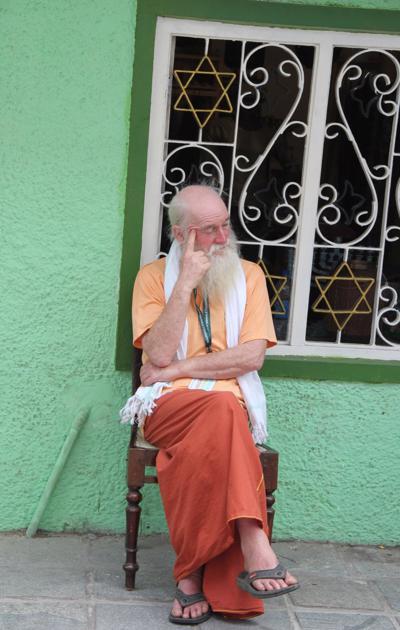
years, and is where the spice trade started and is still vibrant to this day. There are 39 migrant communities in Kerala. With a trading presence established by the Portuguese, then continued by the Dutch, and then finally by the British, there is a mixture of influences that continues. On today’s tour around the area, we first visited the Dutch Palace, which was built by the Dutch as home for the local Indian rulers. No photography allowed inside and impossible to get a good outside shot. Then we headed over to Jew Street (yes, that’s really its name) to visit the Pardesi Synagogue that was originally built in 1568 for the Sephardic/Portuguese Jews who were fleeing from the Inquisition. At one time, there was a Jewish population of 14,000, but the majority moved to Israel in the 1950s. Today there are only six left, but there is still a Sabbath celebration for tourists. Next stop was St. Francis Church, aka Vasco de Gama Church, where he was buried for 40 years, depending on whose story you believe, before his remains were sent home to Portugal. It was the first European church built in India. Built in 1524 by the Portuguese as St. Bartholomew Church, it later became Protestant under the Dutch, and then became Anglican under the British. Seeing a trend here? Today ibelongs to CSI, a mixture of Protestant & Anglican Christians. We had to take
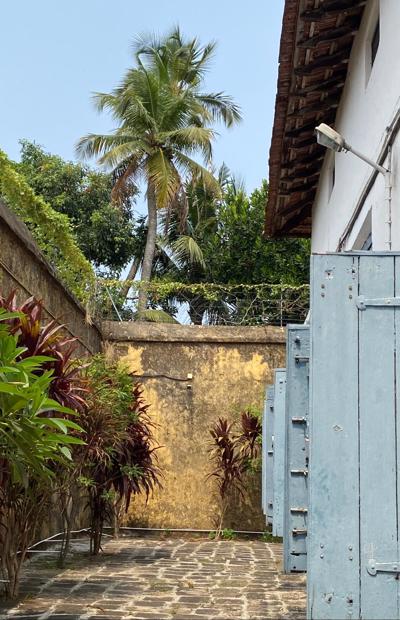

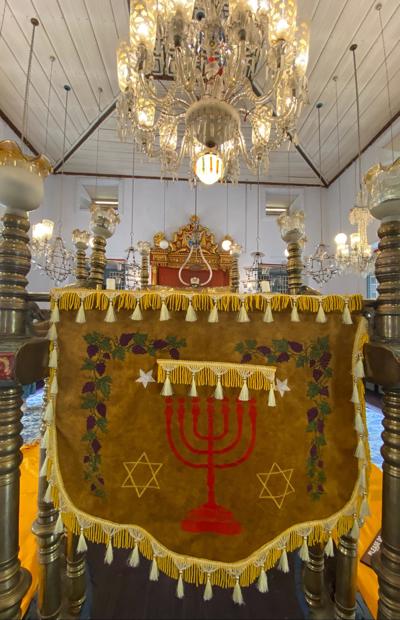
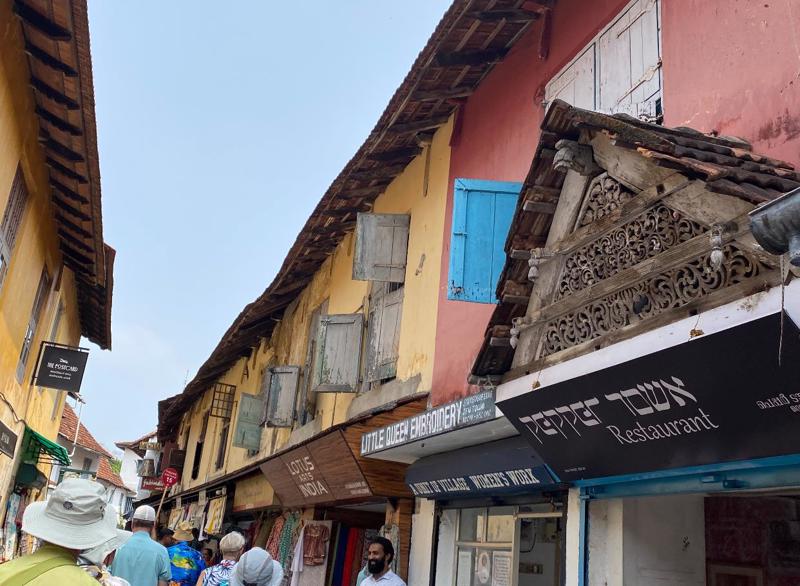
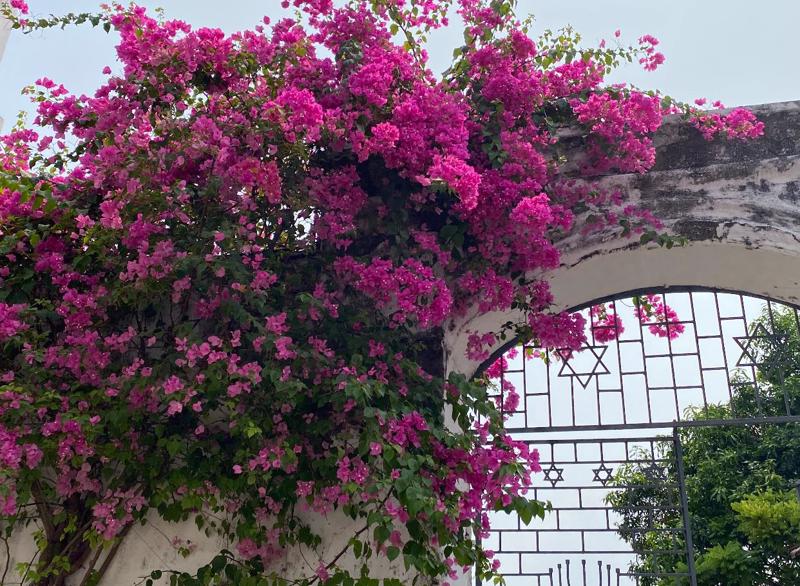


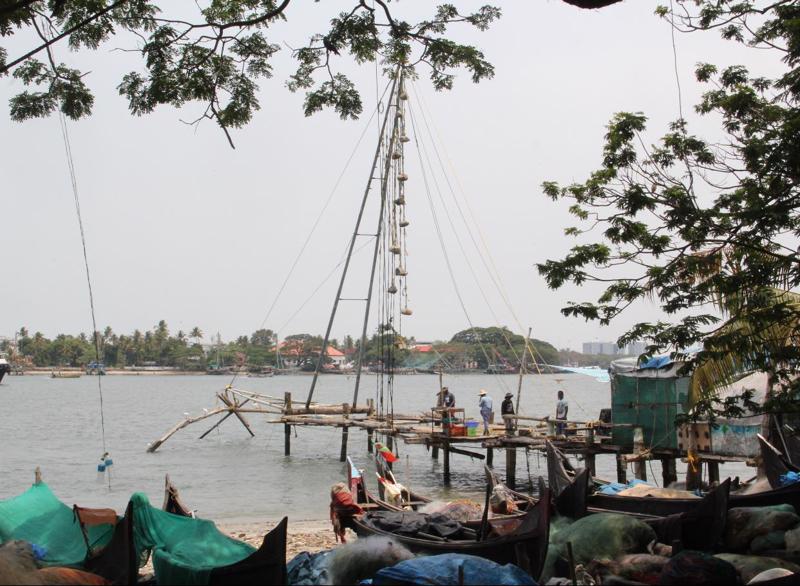
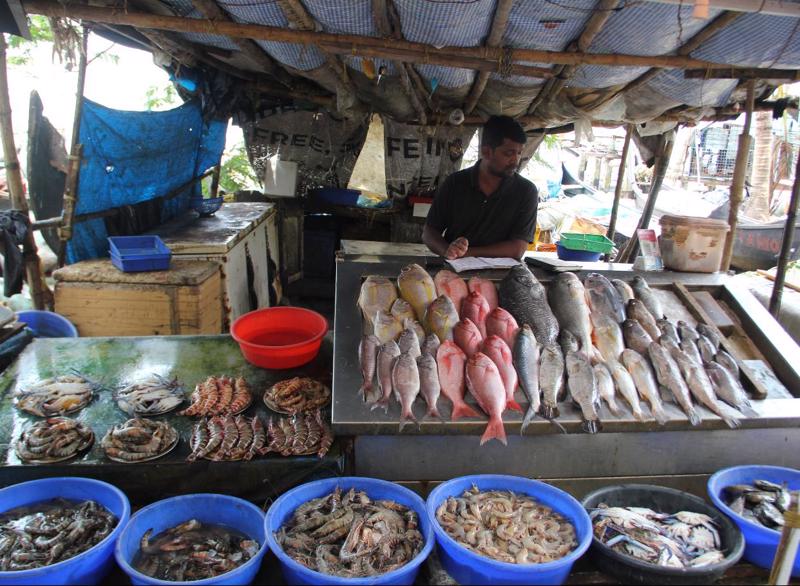


our shoes off in both the synagogue and the church to protect the very old and beautiful floors, not for religious reasons. After a nice break from the heat at Hotel Killians, where we tasted our first Kingfisher beer, our little Viking tribe walked along the waterfront where we spotted a Cannonball tree, used to treat hypertension, tumors, colds, stomachaches, toothaches, and skin conditions; observed the local fishermen doing their unique cantilevered Chinese method of net fishing, which has been in use for centuries; and spotted some good looking fresh fish. Then we took a 1.5-hour boat
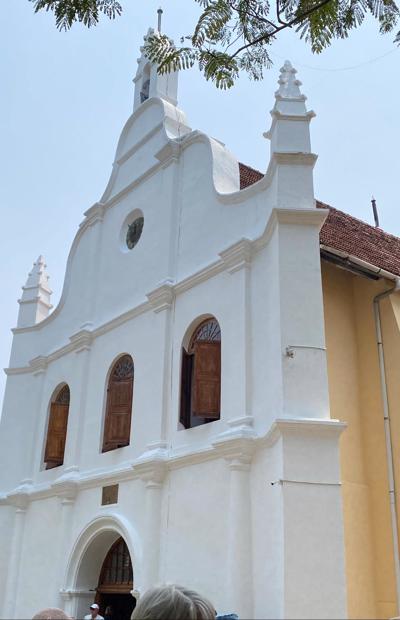

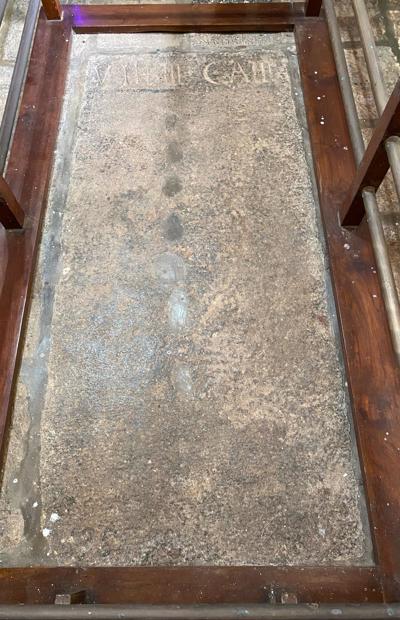
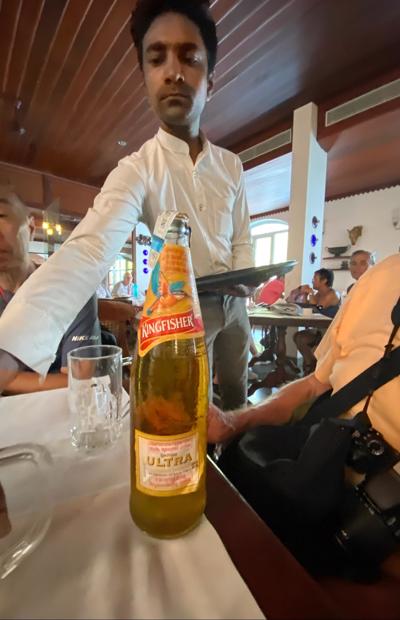

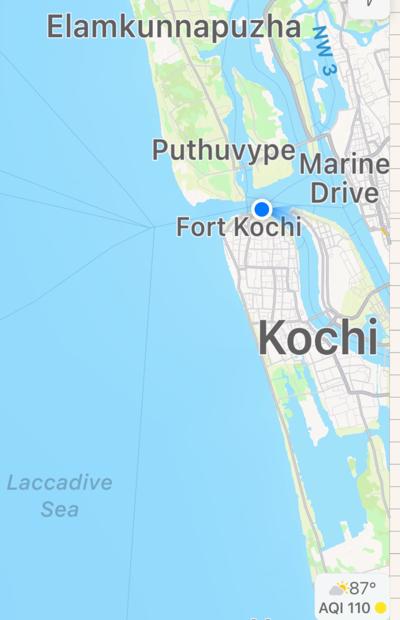
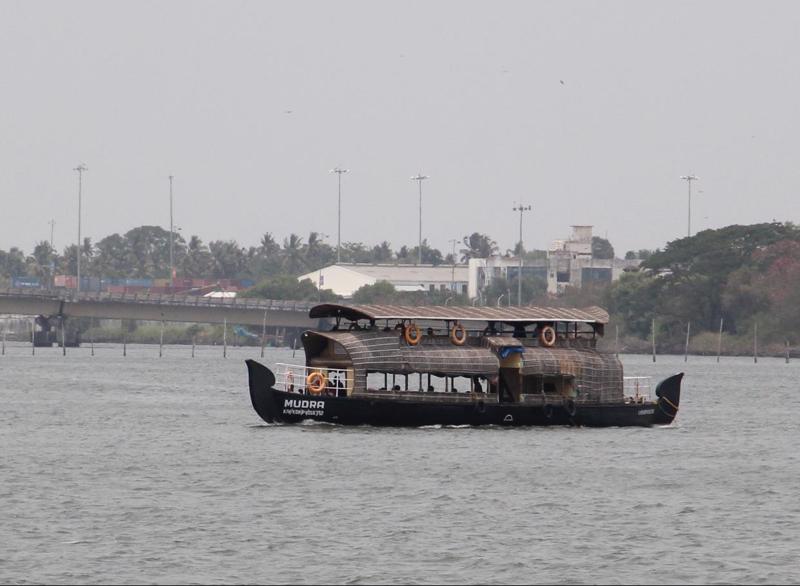



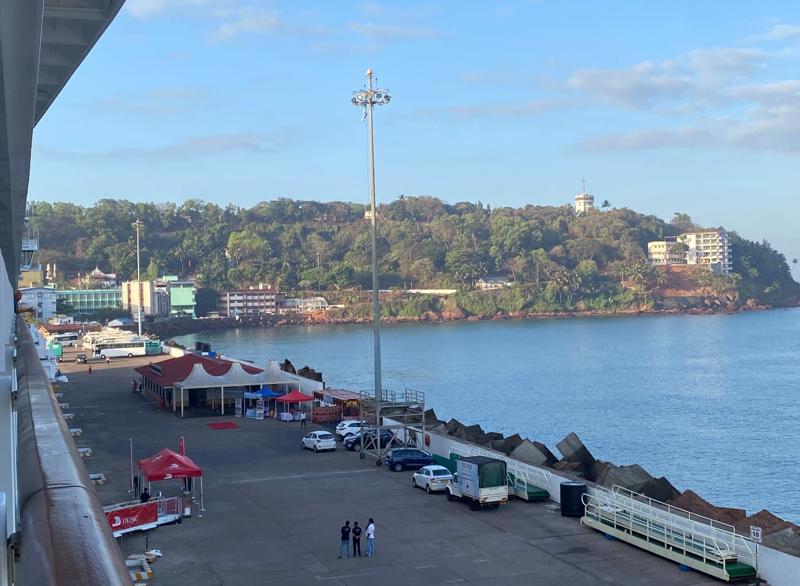

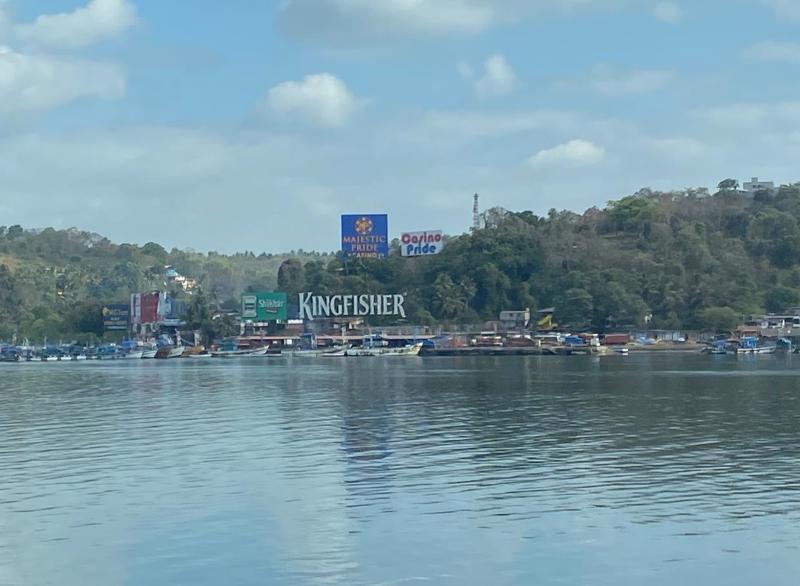
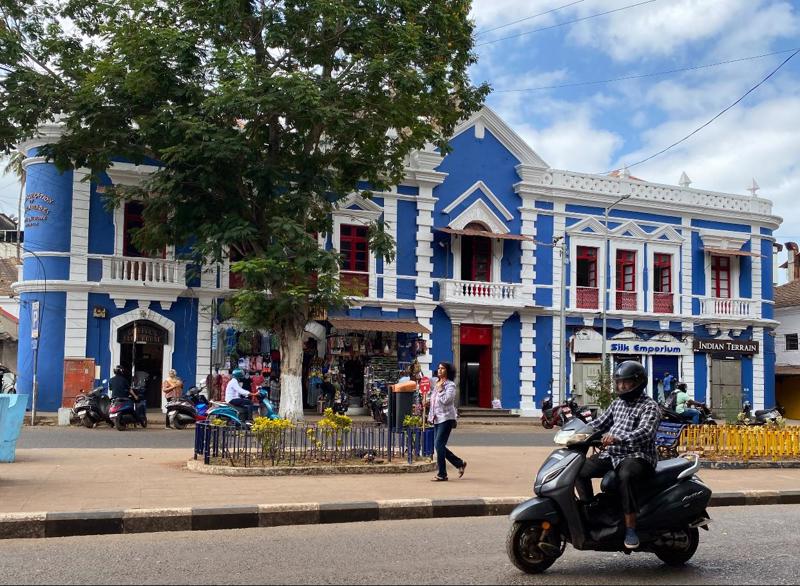
ride in and around the waterways of Cochin and were thrilled to see some Indo-Pacific Humpback Dolphins (no pictures). An exceedingly hot, but worthwhile day getting our first taste of India. And then we were off to our next port along the west coast.
Day 2 - 3/31/2023 - Goa/Mormugao
After an overnight trip further up the west coast of India, we stopped in Goa for a day. Goa is one of the smallest states and was the cultural center of Portuguese India for 450 years. Its population of 1.5 million is about 33% Catholic and 60% Hindu. The Portuguese took

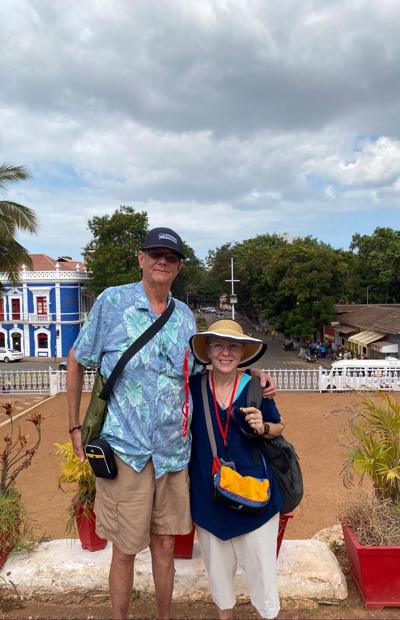
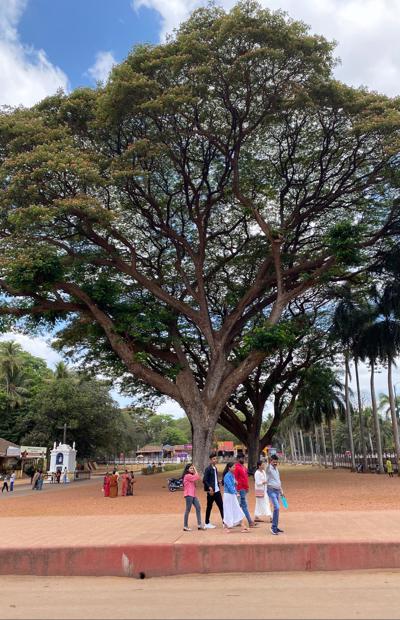
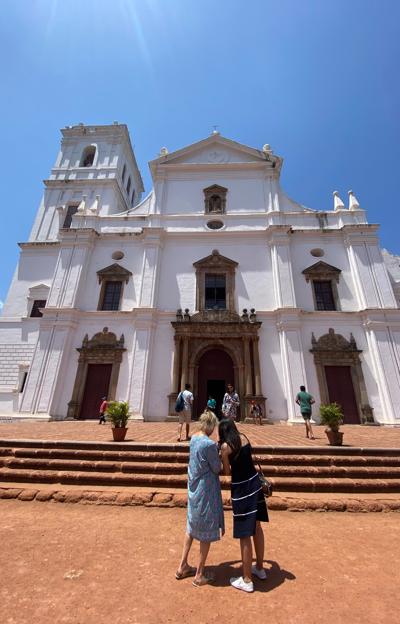

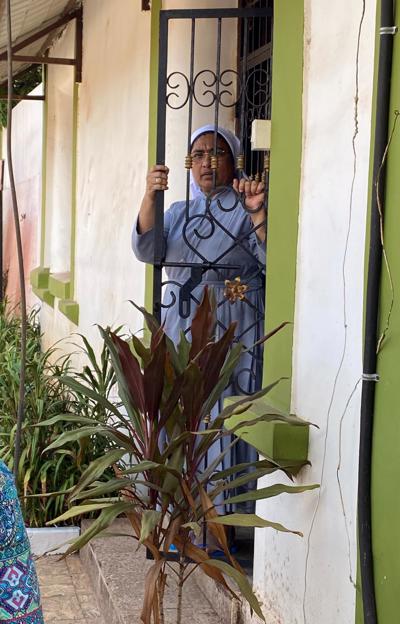
Goa from the Muslims in 1510 and they didn’t leave until 1961, 14 years after India gained its independence from the British. Original Muslim homes in the area had an inner courtyard, so women were rarely seen outside. The Portuguese introduced the concept of a balcony facing outwards and so the Indo-Portuguese homes literally emancipated women, as they still stayed home, but could wave to friends and neighbors from their balcony. With a 98% literacy rate, Goa is the second most expensive state in which to live in India. Goans are passionate about futbol, not cricket. Known for its beautiful beaches, this is where Indians come on vacation. And then there’s gambling. Not allowed on land, there are gambling boats tied up all along the river. The rivers in Goa are all below sea level, so the saltwater intrusion from the Indian Ocean runs 30 km upstream. It was a church visiting day, with our first stop at Igreja Nossa Senhora do Rosário or Church of Our Lady of the Rosary, built in 1543 and the oldest of the Old Goa churches still standing. No one is allowed inside any longer because people were taking “mementos” (!!) from the inside and it also became a popular spot for Bollywood film shoots as well as wedding photo shoots. We also spotted a statue dedicated to Alexander Dumas’ Count of Monte Cristo character, Abbe Faria, and various interesting signs & buildings around Old Goa; then headed on to visit the baroque style Basilica of Bom Jesus, where the remains of Saint Francis Xavier reside (yep, we saw them). A famous Jesuit, he was considered the Apostle of the East for his evangelization efforts in Asia. Our final stop, right across the street, was to the Franciscan church, the Sé Catedral de Santa Catarina, known as Se Cathedral, dedicated to St. Catherine of Alexandria, and one of the largest churches in Asia. I know, it was confusing to us, too. We are guessing the Jesuits and Franciscans were in a friendly competition…. Our guide pointed out a Cashew tree, the only nut tree where the fruit grows outside the shell. Our reward for riding around the region on a blistering hot day? A frisky dolphin pod right by the ship.

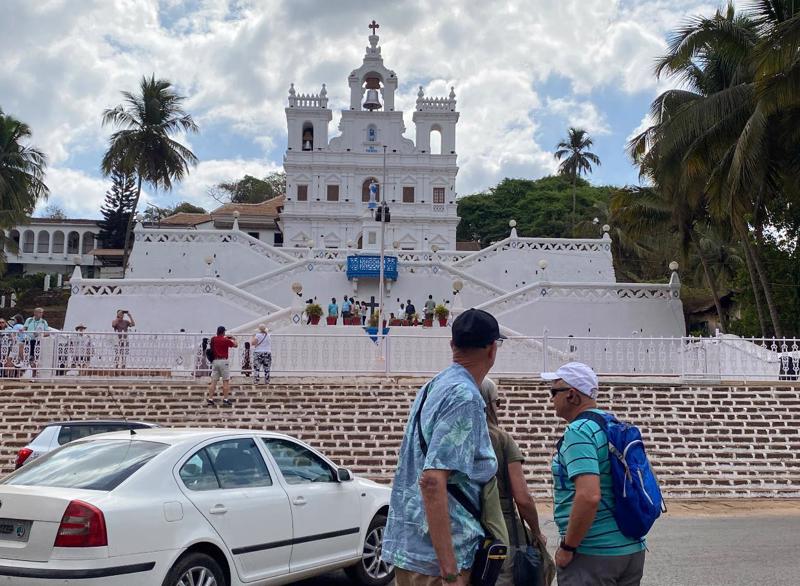


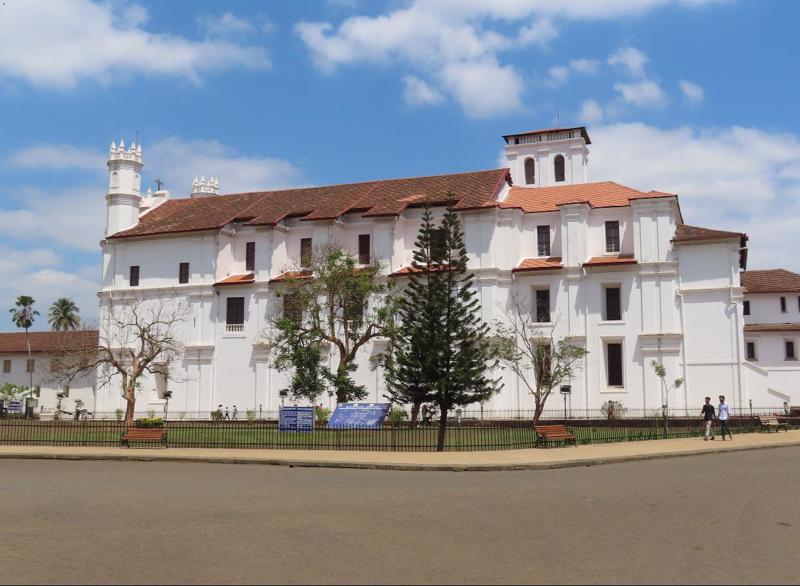
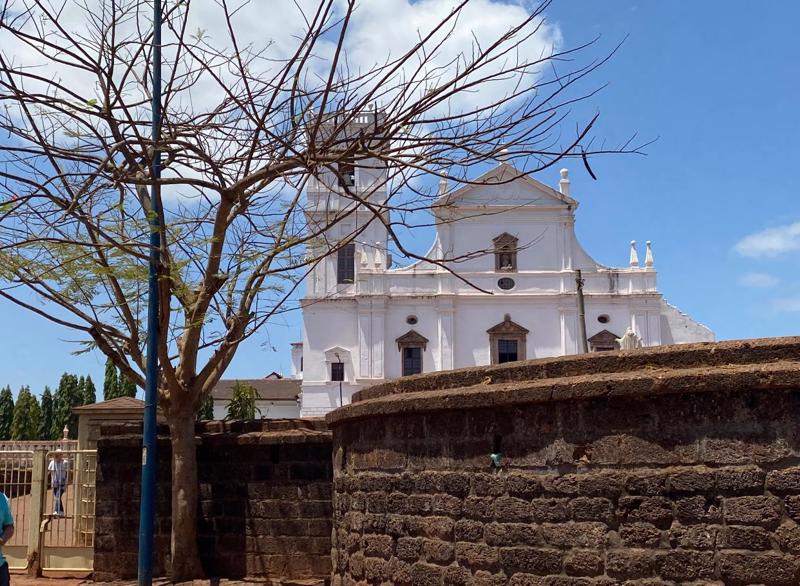
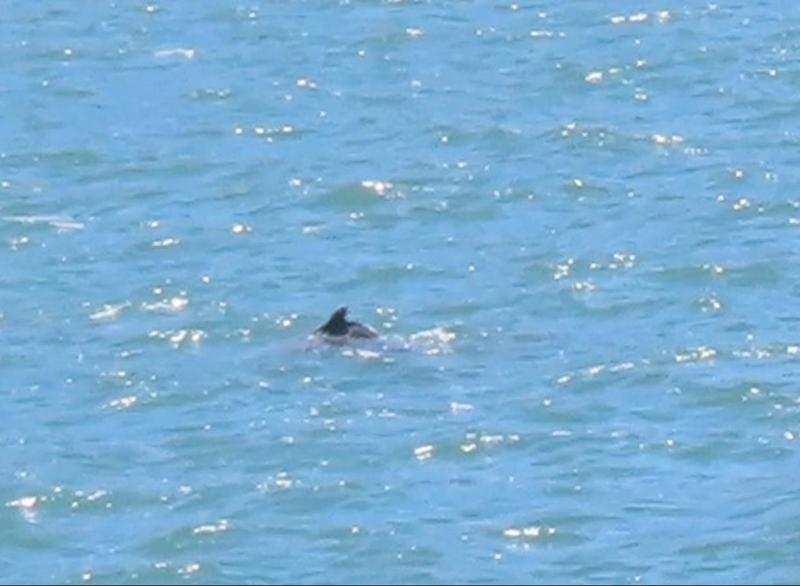
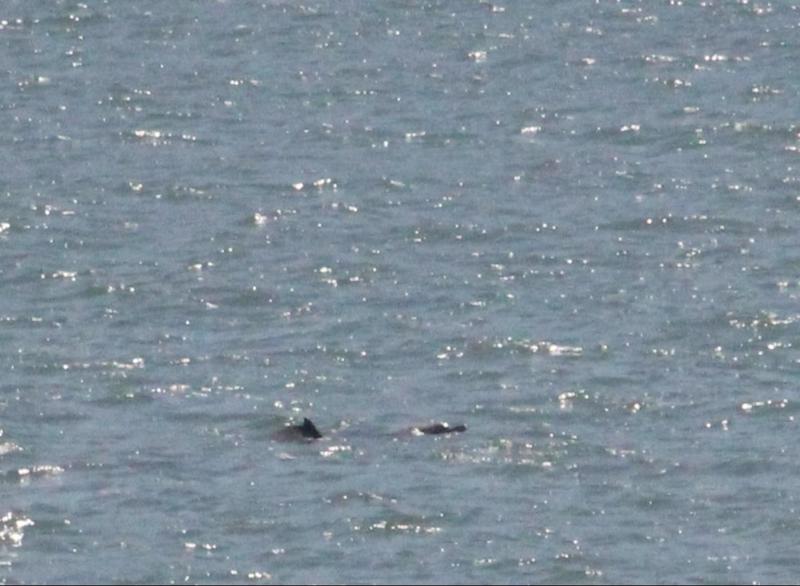
1.
Getting Ready!
2.
Getting Packed
3.
Bon Voyage
4.
Cruising-101 - Our First Sea Day
5.
Historic Cozumel
6.
Sea Day x 2
7.
South America
8.
Panama Canal Day 1
9.
Panama Canal Day 2
10.
Sea Day
11.
New Year’s Eve 2022
12.
New Year's Day 2023 +++
13.
Baja California
14.
Italian Wine & the City of Angels
15.
6 Sea Days From LA to Honolulu
16.
Aloha Hawaii!
17.
Crossing the Equator
18.
French Polynesia
19.
Crossing the International Date Line
20.
North Island - Auckland
21.
North Island - Tauranga & Napier & Wellington - Waitangi Day Weekend
22.
South Island - Doubtful & Milford Sounds
23.
Tasmania, Australia
24.
Victoria, Australia
25.
New South Wales, Australia
26.
Queensland, Australia
27.
Behind the Scenes
28.
Komodo National Park
29.
Bali, Indonesia
30.
Happy Anniversary
31.
Java, Indonesia
32.
Vietnam
33.
Thailand Part 1
34.
Singapore
35.
Malaysia
36.
Thailand Part 2
37.
Sri Lanka
38.
India Part 1
39.
India Part 2
40.
Saudi Arabia
41.
Jordan
42.
Egypt
43.
Suez Canal
44.
Israel
45.
Turkey
46.
Greece
47.
Italy
48.
Monaco
49.
Spain
50.
Portugal
51.
France
52.
England
53.
Heading Home